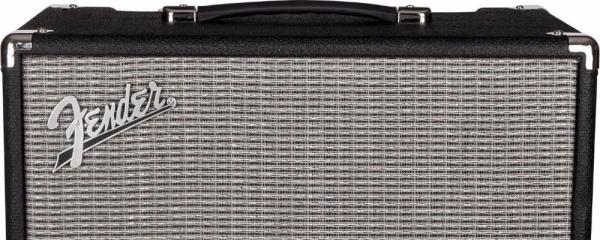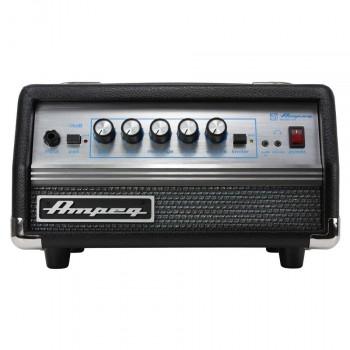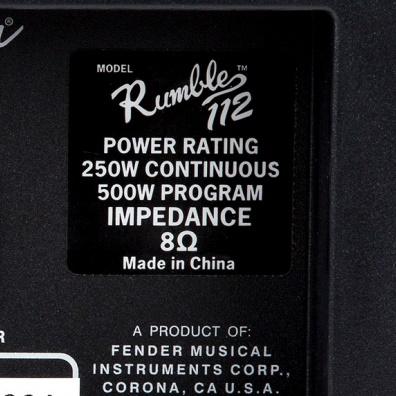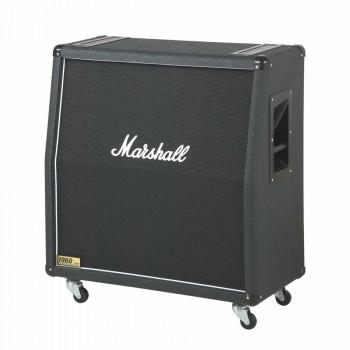Language
Bass Amps
-
A Few Of Our Favorite Big Bass Sound Cabinets
When it comes to playing live gigs, you always want to make sure that your gear is up to the task. While small bass combos and cabs are great for small, intimate gigs, you're going to need the big guns when it comes to playing larger venues. With that in mind, we decided to take a look at a few of our favorite bass cabs that are sure to deliver that big bass sound with ease. Continue reading → -
Why Bass Players Prefer Solid State Over Tube Amplifiers
Since the introduction of solid state amplifiers, a debate has always erupted over which one is better for bass players. For many bass players, they would rather drink poison than use a tube amplifier. Still, there are some bassists that can swear that a tube amp will deliver more than a solid state amp. But since a good number of bass players will go with solid state amplifier. So the question is why do they prefer a solid state amp over tube amplifiers? Below are some of the main reasons why bassists choose solid state amplifiers over tube amps. Continue reading → -
Understanding Gain Structure
Understanding gain structure is crucial if you want to get the best sound from your bass amp head. Using a variety of current Ampeg bass heads, Dino Monoxelos shows you a great method for dialing in your gain, how to compensate for EQ adjustments and what to expect with different settings. We also take a look at the differences between volume and gain. Continue reading → -
Bass Amp Continuous And Program Power Ratings Explained
If you own a bass amplifier, you’ve probably glanced at the back panel and noticed that the shown technical information includes a power rating specification that lists two different wattages: continuous and program. For example, the Fender Bassman 115 Neo bass cabinet features power ratings of “700 Watts Program” and “350 Watts Continuous.” If this has you wondering, “What does it all mean,” you’re probably not alone. Continue reading → -
The Difference Between Open And Closed Back Cabinets
It's no secret that a player's choice in loudspeaker plays a big role in their tone. What's not as well know is that several elements other than the speaker itself also contributes to its sound, such as the type of cabinet. This includes the size of the cabinet, type of wood, thickness of baffle (the panel that the speaker is mounted to) and how the parts of cabinet are joined together. But out of all the elements of a cabinet's construction, the most significant aspect is arguably whether the back is opened or closed; The same amplifier will sound significantly different when driving speakers in either open back or closed back cabinets. Continue reading →




